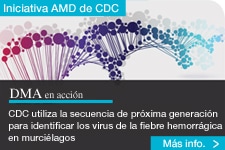What CDC is Doing
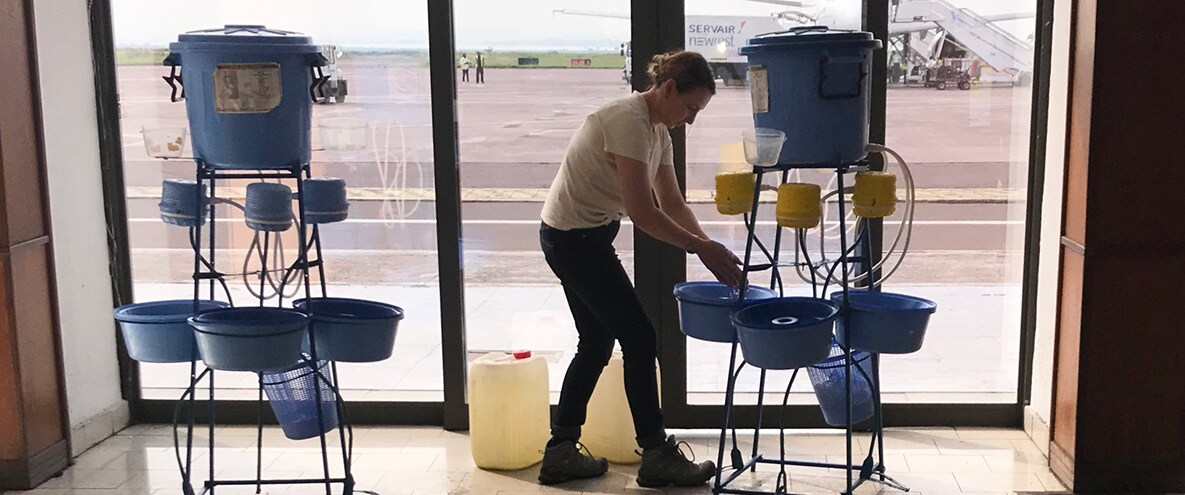
General
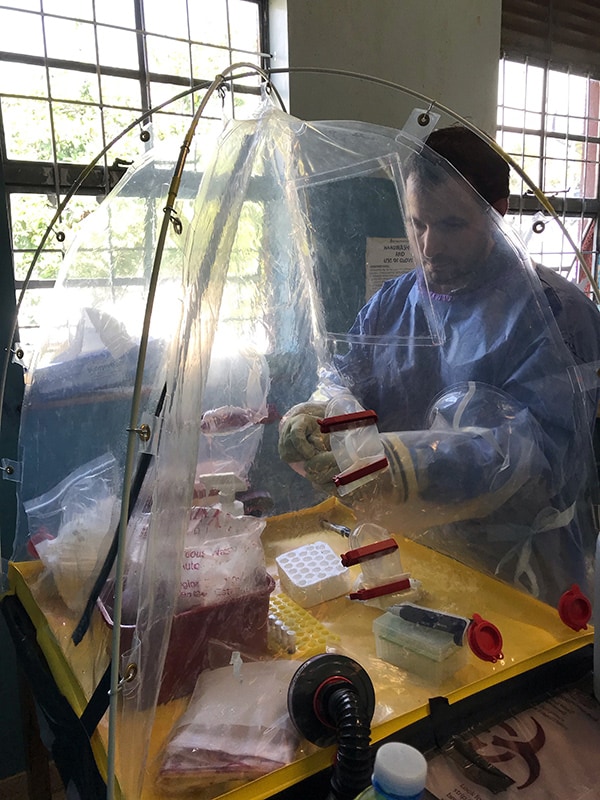
As part of the Administration’s whole-of-government effort, CDC supporting the current Ebola outbreak response by providing technical assistance and expertise in
- Disease tracking
- Case investigation
- Contact tracing
- Case management
- Infection prevention and control
- Safe burials
- Community engagement and social mobilization
- Risk communication and health education
- Behavioral science
- Laboratory testing
- Border health
- Vaccination
- Data management
- Logistics
- On June 13, 2019, CDC activated its Emergency Operations Center (EOC) at headquarters to support the inter-agency response to the current Ebola outbreak in eastern DRC and to provide increased operational support for the response to meet the continuing challenge of this outbreak, including the recently reported cases in Uganda.
- CDC helped establish DRC’s National Emergency Operations Center and train officials in Emergency Incident Management.
- CDC has deployed staff to DRC, Uganda, Rwanda, and South Sudan.
Border and Travel Health

To strengthen border health, CDC has provided technical assistance to DRC and neighboring countries to bolster their port screening operations, including leading exit screening workshops in Kinshasa and Goma. As of August 1, 2019, more than 79 million travelers have been screened at priority ports and crossing points in the DRC since the outbreak began.
- CDC’s border health security work focuses on three areas: providing border health security technical assistance to DRC, assisting neighboring countries with their own border health security efforts to help prevent the spread of Ebola internationally, and continuing to implement routine border health security measures at U.S. ports of entry.
- CDC and its partners have supported mapping exercises to determine which areas are at greatest risk based on population movement, which helps determine where resources should be strengthened.
Capacity Building
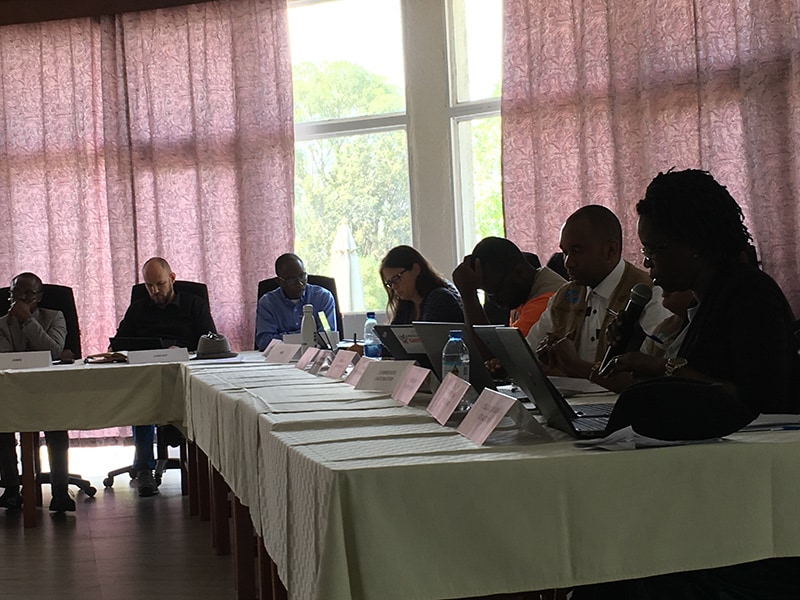
CDC has made long-term disease control and capacity building investments in Africa and has permanent offices in many countries, including DRC, Uganda, Rwanda, and South Sudan. These country offices support local ministries of health to prepare for and respond to public health problems such as HIV, TB, and other infectious disease outbreaks.
- The CDC DRC country office has mobilized its country-based staff, which includes both local staff and staff from the United States to support the response.
- CDC-DRC has supported capacity building in HIV/AIDS prevention, care and treatment program implementation through PEPFAR; improved diagnostic testing at the national reference laboratory (INRB); and strengthened disease surveillance and outbreak response for malaria, polio, measles, influenza, and viral hemorrhagic fevers (VHFs), including Ebola.
- The DRC Field Epidemiology Training Program (FETP), developed with assistance from CDC and modeled after CDC’s own training programs, has trained around 248 disease detectives who are crucial to accurately detecting and identifying outbreaks and are supporting case investigations, active case finding, and contact tracing for the current Ebola response.
- CDC continues to support preparedness and coordination activities and provide technical assistance related to surveillance, vaccination, laboratory, case management, border health and infection prevention and control in Rwanda, Uganda, and South Sudan.
Vaccination
- CDC global immunization experts have been supporting vaccination activities in DRC’s North Kivu and Ituri provinces to prevent spread of Ebola. This work includes developing tools for immunization teams for contact tracing and identifying people eligible for the rVSV-ZEBOV vaccine as well as following up with people who were vaccinated. CDC also is supporting vaccination of at-risk healthcare and frontline workers in neighboring countries.
- CDC is evaluating Ebola vaccine implementation indicators to understand the quality of the current vaccination strategy and training local staff how to analyze and interpret these data.
- CDC has provided technical support to the DRC Ministry of Health (MOH) and WHO in training of Ebola vaccination teams, vaccination microplanning, community sensitization and mobilization, and monitoring ofvaccination implementation plans in Uganda, Rwanda, and South Sudan.
Laboratory

- Beginning in 2010, CDC has supported Uganda’s MOH and the Uganda Virus Research Institute (UVRI) to establish a national VHF surveillance and laboratory program and a national reference laboratory for VHFs, including EVD. This program has detected, laboratory confirmed, and responded to over 30 independent outbreaks of VHFs— of which eight were Ebola and Marburg outbreaks.
- This program was also responsible for the rapid identification and laboratory confirmation of the recent imported Ebola cases into western Uganda from DRC on June 10, 2019. This prompt identification led to limited healthcare worker exposure and early recognition and isolation of the suspected cases.
Infection Prevention and Control
- CDC is supporting DRC’s Ministry of Health (MOH) to strengthen infection prevention and control (IPC) in healthcare facilities in North Kivu and Ituri provinces. Improved IPC can prevent Ebola transmission at healthcare facilities, which has been a significant factor in this outbreak.
- CDC is helping to standardize the approach to IPC by working with the MOH to develop a standardized IPC package. This package includes technical guidance, training modules, standard operating procedures, and monitoring tools for all partners in the response to use.
- CDC is also developing a course, as part of the IPC package, to increase the impact of IPC staff in identifying and mitigating healthcare risks to prevent transmission. This course focuses on real-time problem-solving and strategies to identify and make needed IPC changes in healthcare facilities.
- CDC is providing on-site technical expertise to neighboring countries on how to prepare healthcare systems for the possible introduction of Ebola and how to prevent the disease’s spread in hospitals.
Behavorial Science
- CDC and International Federation of Red Cross and Red Crescent Societies (IFRC), UNICEF, and other partners are supporting local health authorities by evaluating feedback from communities affected by Ebola.
- CDC social and behavioral scientists are working closely with IFRC volunteers who are engaging and educating DRC community members about Ebola and gathering information on people’s beliefs, observations, questions, and suggestions about combating Ebola.
- Red Cross sends community feedback to CDC where scientists analyze it and describe themes and offer recommendations to participating partners and the MOH to help guide community outreach efforts.
- In Goma, CDC co-presented with UNICEF at 5-day training workshop on risk communication and community engagement.
Domestic Preparedness
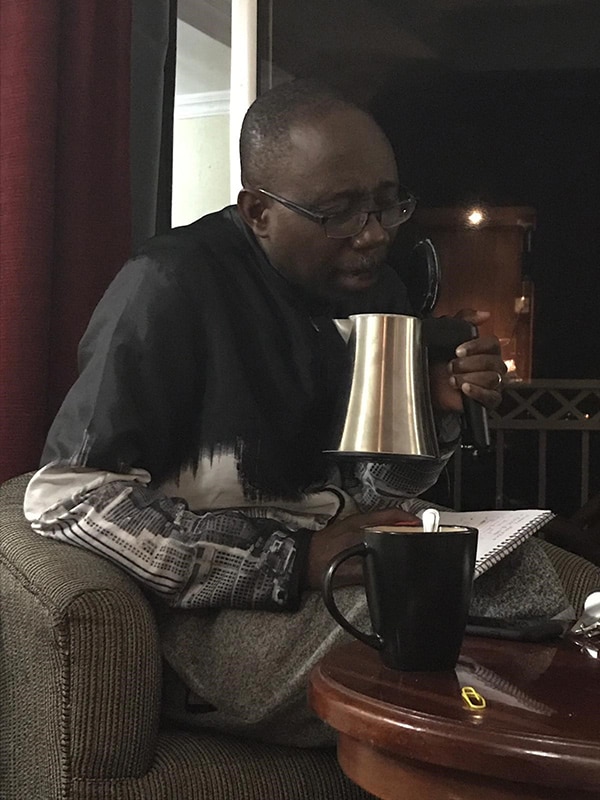
Despite low risk of Ebola in the United States, CDC conducts ongoing activities to ensure US healthcare facilities are prepared for a possible case of a viral hemorrhagic fever.
- CDC and the HHS Office of the Assistant Secretary for Preparedness and Response (ASPR) provide funds to the National Ebola Training and Education Center (NETEC), which holds training sessions around the country each year on all aspects of infection control and care for patients with Ebola several times a year.
- From the beginning of the outbreak, CDC has been in contact with aid organizations sending U.S.-based healthcare or Ebola response workers to the outbreak area to learn about their response staffing plans and occupational health and monitoring programs for returning workers, and to provide recommendations when necessary. CDC posted recommendations for organizations on the CDC Travelers’ Health website, including template health assessment forms.
- In the U.S., CDC and U.S. Customs and Border Protection (CBP) continue to implement 24/7 operating procedures at airports and other US ports of entry to identify sick travelers with possible communicable diseases of public health concern. Earlier this year, CDC provided an Ebola-specific training to CBP.
- Refugees who arrive in countries bordering the U.S. and make their way to a U.S. port of entry are observed for visible signs of illness by CBP officers. CDC works closely with CBP at U.S. ports of entry to detect and respond to the importation of contagious diseases into the United States. CDC provides routine training to CBP in how to detect signs and symptoms of communicable disease and provided an Ebola-specific training to CBP earlier this year.
- CDC has and will continue to share information about the outbreak with port and community partners, and has posted electronic health messages to travelers arriving from DRC at U.S. international airports.
- CDC has issued a Level 2 travel notice with recommendations for travelers to DRC, including for U.S. healthcare and aid workers and their sponsoring organizations, to ensure travelers and workers stay healthy during travel and when they return to the United States.
